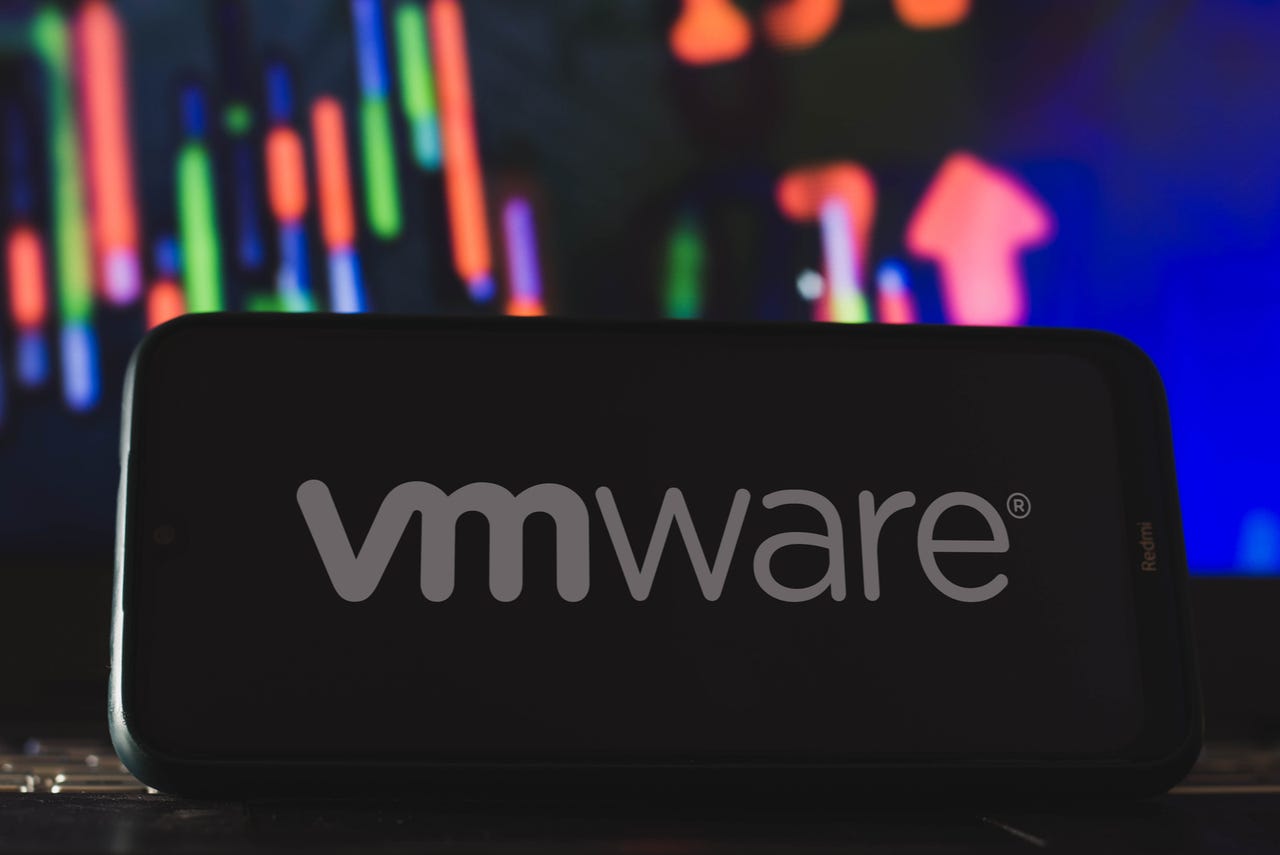
Enterprise blockchain should be in experimental mode, however it could quickly change the best way functions and methods are designed, shifting from an structure maintained by particular person organizations to architectures through which functions and information are shared and secured throughout a number of entities — in essence, a really decentralized type of computing.
There are various cloud service providers on the market, however much more company data centers. Do all these information facilities — with numerous quantities of underused compute energy — characterize an untapped reservoir of cloud compute energy that would flatten out the cloud ecosystem?
Thar’s the phrase from Kit Colbert, chief expertise officer for VMware, who sees a future that’s way more decentralized than at present. I lately had the chance to take a seat down with Colbert at VMware’s latest Discover convention in San Francisco final week, the place he described the elements which are opening up enterprise computing.
Additionally: VMware looks to tap growing APAC need for multi-cloud management
A state of affairs that’s rising is functions constructed round blockchain or distributed ledger applied sciences, with their potential to allow belief amongst a number of members, Colbert mentioned. “Enterprise blockchain could be very properly aligned with the place we’re going,” he mentioned.
As we speak’s emphasis is on distributed functions which are constructed and run with native cloud or Kubernetes-based constructing blocks. Nevertheless, the momentum is now shifting away from distributed and constructing towards decentralized environments, he identified. Distributed architectures are supported by a single entity, however decentralized architectures are supported throughout a number of organizations.
Whereas each architectures help a number of cases of functions and a shared database, “the massive distinction is that in a decentralized structure, completely different firms will likely be working a few of these cases, versus being operated by a single group,” he defined.
Which means that these organizations “in all probability will not absolutely belief one another,” Colbert continued. “That is the place blockchain is available in, to help that kind of use case.”
Whereas blockchain-based decentralized methods nonetheless characterize a small fraction of VMware’s choices, Colbert mentioned he expects this to extend because the expertise develops.
Cloud computing itself is a combined bag, and can stay that approach. Whereas public cloud computing represents a lot of the longer term for a lot of IT plans, there’s nonetheless a spot for on-premises environments, Colbert mentioned.
“Even when an organization is born within the cloud, or strikes to the cloud, we do see a whole lot of circumstances the place they transfer stuff again. Oftentimes you discover that for price, compliance, safety, locality, or sovereignty, chances are you’ll need to maintain issues on-prem. Placing all the pieces within the public cloud isn’t the best solution to go, holding all the pieces on-prem isn’t the best solution to go. As a substitute the best way to be sensible about it’s to say, ‘OK, what are the necessities of the app, and the place greatest to run to satisfy all these necessities?'”
Additionally: Nvidia, Dell, VMware add AI, zero-trust security into data center package
From a knowledge heart perspective, applied sciences at the moment are in place to help gridlike cloud assets, making use of not solely cloud supplier assets, however shared non-public information heart capabilities supplied in an open spot market as properly — a kind of Airbnb of compute capability. This contains the power to “run a digital machine that may be shielded from being accessed by an administrator,” Colbert mentioned. “We are able to cryptographically implement that, which we could not do a couple of years in the past, because of core modifications in processors.”
VMware as soon as piloted a “cloud trade” through which unused capability inside firms’ information facilities might be offered in an open market. The challenge was a studying expertise for the corporate, and helped establish potential points, Colbert mentioned.
Carried out amongst VMware’s cloud supplier and platform companions, the principle problem encountered through the pilot was safety — shifting information to unknown areas. “We can not presumably write any information unencrypted to a tough drive that’s owned by one other buyer,” Colbert mentioned. “That could be a crimson line — we’ve got to have encryption. We additionally need to have a way of stopping the operator from getting entry into the digital machine or its information, both at runtime or at relaxation.”
Additionally: The best encryption software: Protect your data
Assuring safety additionally introduces “legal responsibility points for buyer operators,” he continued. “They don’t seem to be going to need to signal indemnity clauses, and an entire bunch of authorized and different issues we might get caught up on as properly.”
Colbert additionally talked concerning the altering position of his occupation, the chief technology officer, which regularly overlaps with that of chief data and chief digital officers. “CTO is likely one of the least well-defined roles within the business,” he mentioned. “It may be a VP of engineering, an excellent gross sales engineer, an outbound-type particular person, an evangelist, or product chief … otherwise you will be extra of a person contributor, extra like an influencer, an architect kind.”
Colbert oversees innovation, ESG, in addition to core platforms and companies that help the seller’s enterprise models. “As well as, I present the general technical technique for the corporate: ‘Here is the place we as an organization must be going, and listed here are the big-picture issues we must be doing as an organization.'”












